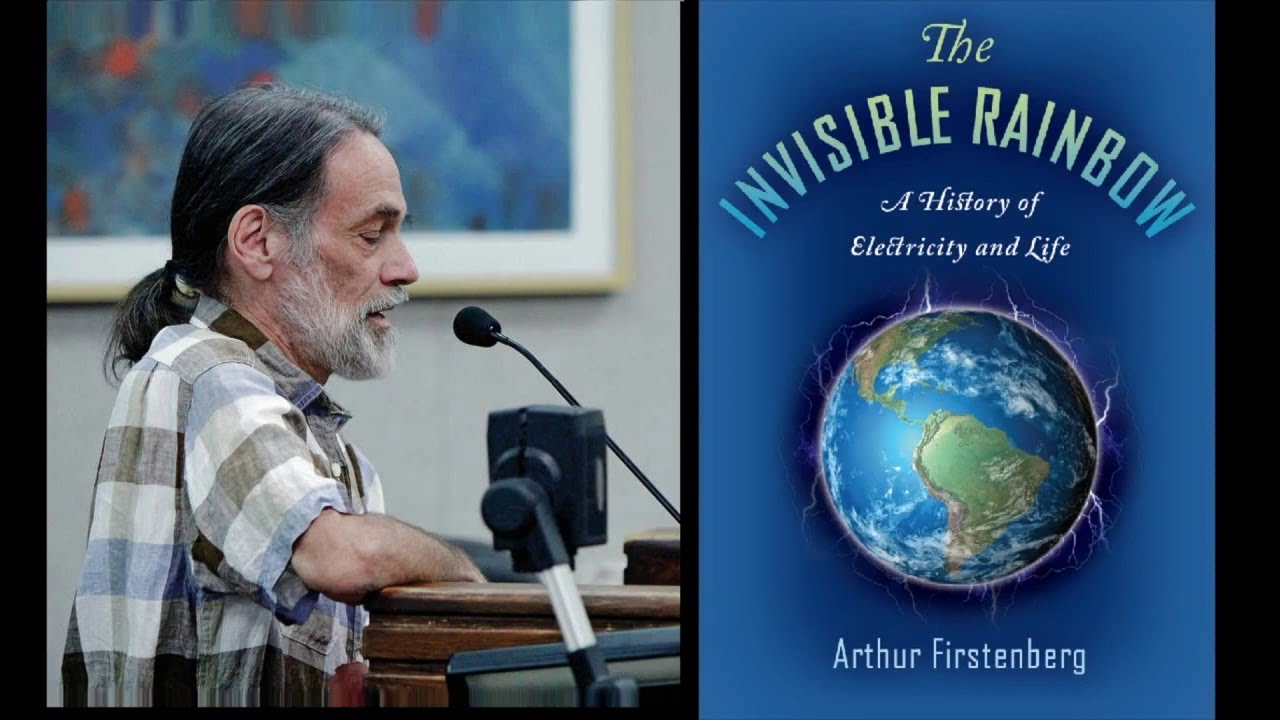Clearly, the “science” is not “settled” at all; in fact, nowhere near, per the growing realization that no virus has ever been truly isolated with regards to meeting Koch’s postulates. (Dr Sam Bailey).
Arthur Firstenberg’s Theory on Power-Grid Electrification and Polio
Introduction:
In recent years, Arthur Firstenberg, an advocate for the health effects of electromagnetic radiation, has proposed a controversial theory linking power-grid electrification and microwave exposure to the incidence of polio. While the medical community widely accepts the poliovirus as the primary cause of polio, Firstenberg’s theory challenges conventional wisdom by suggesting that environmental factors, particularly electromagnetic fields (EMFs), may play a significant role in the spread of the disease. In this blog, we’ll explore Firstenberg’s theory and examine the evidence both for and against this hypothesis.
Understanding Polio:
Poliomyelitis, commonly known as polio, is a highly contagious viral infection caused by the poliovirus, which primarily affects the nervous system and can lead to paralysis, muscle weakness, and in severe cases, death. Polio reached epidemic proportions in the early to mid-20th century, causing widespread fear and devastation before the development of effective vaccines in the 1950s.
Arthur Firstenberg’s Theory:
Arthur Firstenberg, author of the book “The Invisible Rainbow: A History of Electricity and Life,” argues that the proliferation of electrification and the widespread adoption of microwave technology in the 20th century contributed to the rise of polio epidemics. According to Firstenberg, exposure to electromagnetic fields generated by power grids, radio waves, and other sources of non-ionizing radiation may have weakened individuals’ immune systems and made them more susceptible to poliovirus infection.
The Role of Electromagnetic Fields:
Electromagnetic fields (EMFs) are a form of non-ionizing radiation produced by electrical devices, power lines, wireless communication systems, and other sources of electrical energy. While EMFs are ubiquitous in modern society, concerns have been raised about their potential health effects, including links to cancer, neurological disorders, and reproductive problems. Firstenberg suggests that chronic exposure to EMFs may disrupt cellular function, weaken the immune system, and increase vulnerability to infectious diseases such as polio.
Criticism and Controversy:
Firstenberg’s theory linking EMFs to polio has generated significant controversy within the scientific and medical communities. Critics argue that there is insufficient evidence to support a causal relationship between EMF exposure and polio incidence, citing the overwhelming scientific consensus that polio is primarily caused by the poliovirus. Additionally, skeptics point out that polio epidemics occurred in regions with varying levels of electrification, undermining the notion of a direct correlation between power-grid electrification and disease outbreaks.
The Importance of Evidence-Based Research:
While Arthur Firstenberg’s theory raises thought-provoking questions about the potential health effects of electromagnetic radiation, it is essential to approach the topic with skepticism and rigor. Scientific inquiry relies on empirical evidence, peer-reviewed research, and reproducible experiments to establish causal relationships between environmental factors and disease outcomes. While there is ongoing debate and research into the health effects of EMFs, the overwhelming consensus among experts is that polio is primarily caused by viral infection rather than environmental exposures.
Conclusion:
The controversy surrounding Arthur Firstenberg’s theory on power-grid electrification and polio underscores the complexity of understanding the relationship between environmental factors and disease incidence. While Firstenberg’s hypothesis challenges conventional wisdom and raises important questions about the potential health effects of electromagnetic radiation, it remains a subject of debate and skepticism within the scientific community. As researchers continue to investigate the links between environmental exposures and human health, it’s essential to rely on evidence-based research and critical thinking to separate fact from fiction in the pursuit of understanding complex health issues such as polio.
Interviews on bitchute:
https://www.bitchute.com/search/?query=firstenberg,%20invisible%20rainbow&kind=video&sort=new
See also
https://soundquality.org/2024/03/polio-actually-from-arsenic/
https://soundquality.org/2024/03/polio-actually-from-ddt/
